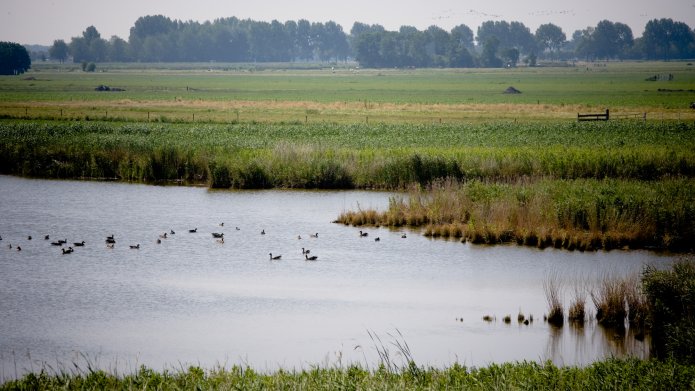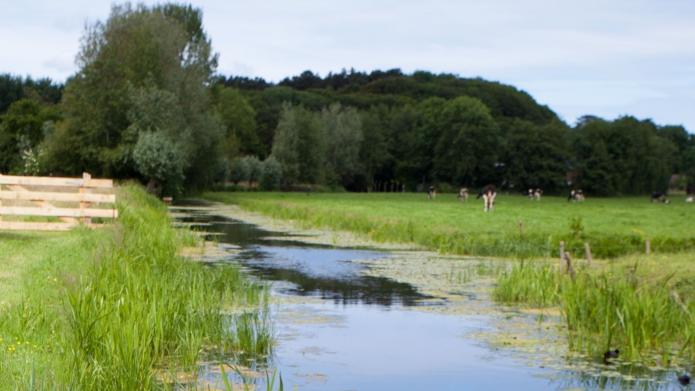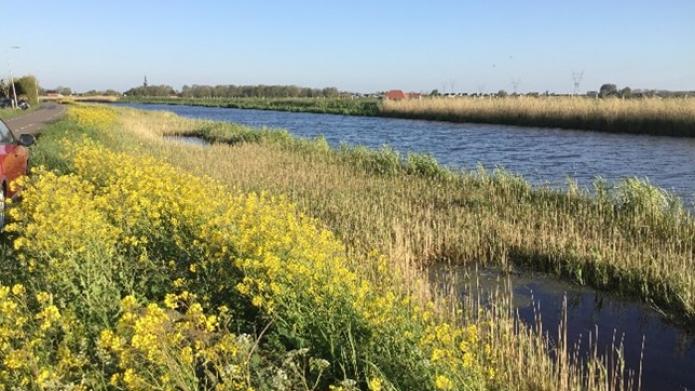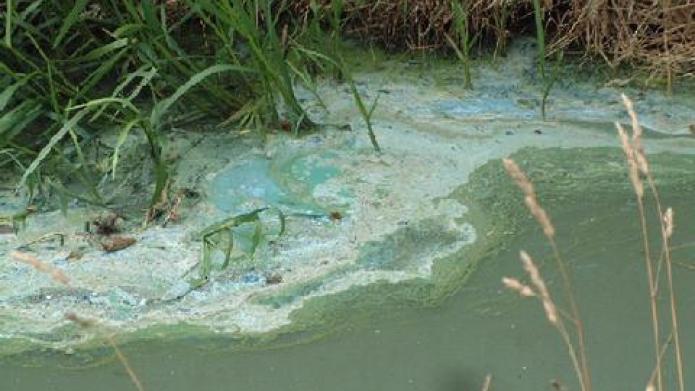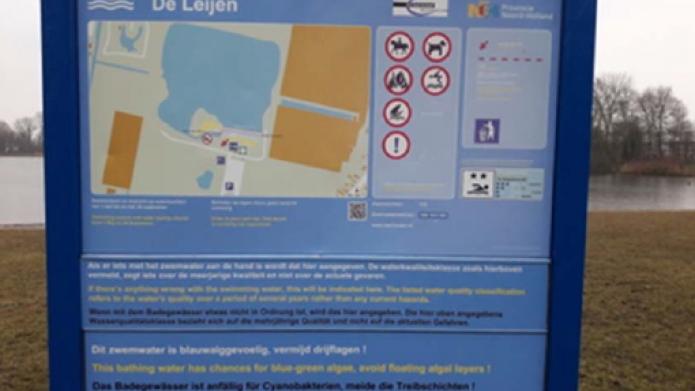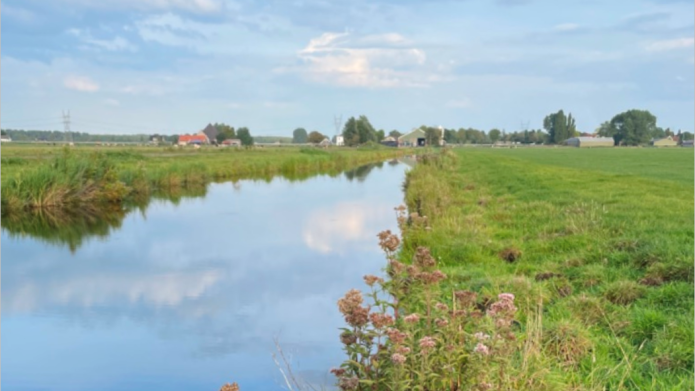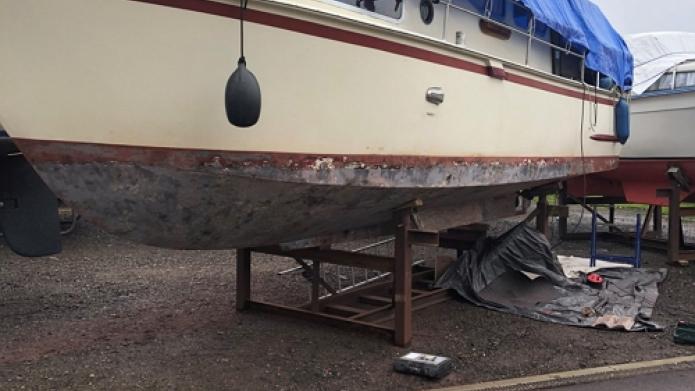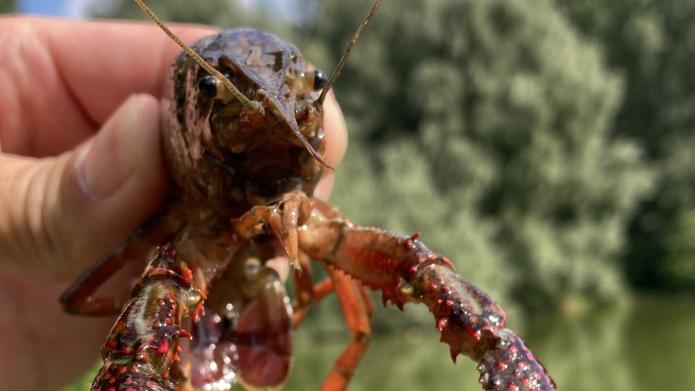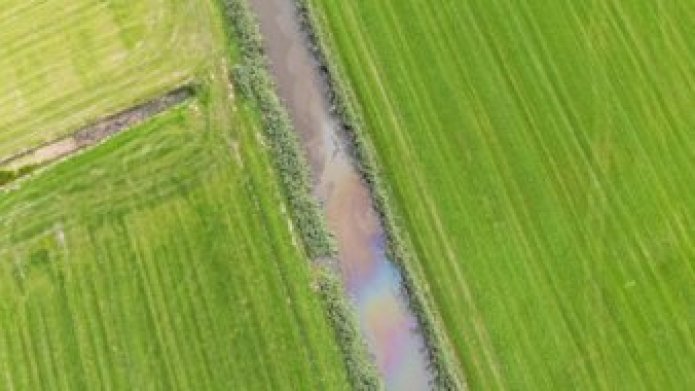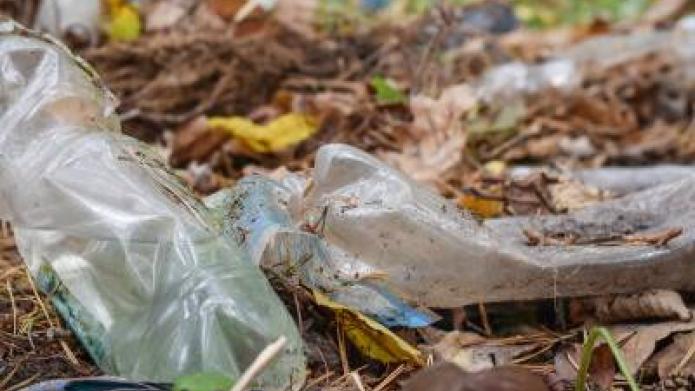Healthy water
One of the duties of the Water Board is to manage water quality in ditches, canals and ponds: surface water. We strive for healthy water. By this we mean clean water with the right balance of (nutritional) substances, in which plants and animals can live, which agriculture and fisheries can use and which people can enjoy.
Water Framework Directive (WFD).
Healthy water is scarce. Therefore, it has been agreed at the European level that the quality of groundwater and the water of ditches, ponds and canals must improve. These agreements are included in the Water Framework Directive (WFD).
Collaboration important
Water boards are working hard to meet the WFD goals, but they cannot do this alone. Industry, agriculture, ministries and residents are also involved. Many measures depend on initiatives or a large contribution by third parties. Such as the role of municipalities in the waste water chain, ministries in legislation and regulations and the role of the agricultural sector, industry and residents.
What does the State Water Board do?
HHNK is working to improve water quality in several ways, including:
Emissions
Certain nutrients and chemicals are bad for water quality. We are therefore committed to reducing emissions of these substances from industry, agriculture, households and sewage treatment plants, among others. One example is the North Holland Agricultural Portal in which we work together with the province, other water boards, the LTO and agricultural collectives. We are also investigating whether substances are released during dredging that affect chemical water quality.
Setup and management
We build nature-friendly banks and keep watercourses at depth. We also leave more vegetation along banks if there is enough space. To ensure that fish can swim from one area to another, we construct fish passages at pumping stations, locks and weirs. New pumping stations are equipped with fish-safe pumps.
Monitoring and research
We regularly measure water quality at various locations throughout our management area. This gives us a picture of which species of plants, animals and fish occur in our waters. If there is too much of a harmful substance in the water, we look for the source and take enforcement action. We also take measurements at official swimming water locations and take action with partners to maintain the swimming water quality.
Rules, permits, supervision and enforcement
Through the Water Board Ordinance, we protect water quality in new initiatives. We are investigating whether additional regulations are possible and necessary to reduce emissions. We deal with undesired wastewater discharges from houseboats and group accommodations, for example, together with municipalities and environmental services. We also ensure that discharge permits are and remain current, taking into account WFD problem substances. Through supervision and enforcement, we ensure continued water awareness and tackle violations.
You can view our plans for the period 2022-2027 in the online Water Framework Directive Magazine via the button below. You will also find more information by topic at the bottom of this page.
Links
- Water Framework Directive website Rijksoverheid
- Rhine-West: on the implementation of the WFD task.
- Quick scan legal tenability WFD approach HHNK
- Agricultural Portal North Holland
- Self-scans and control of manure storage and composting
- Fact sheet Drift reduction open cultivation
- Flow chart inundation agricultural plots
